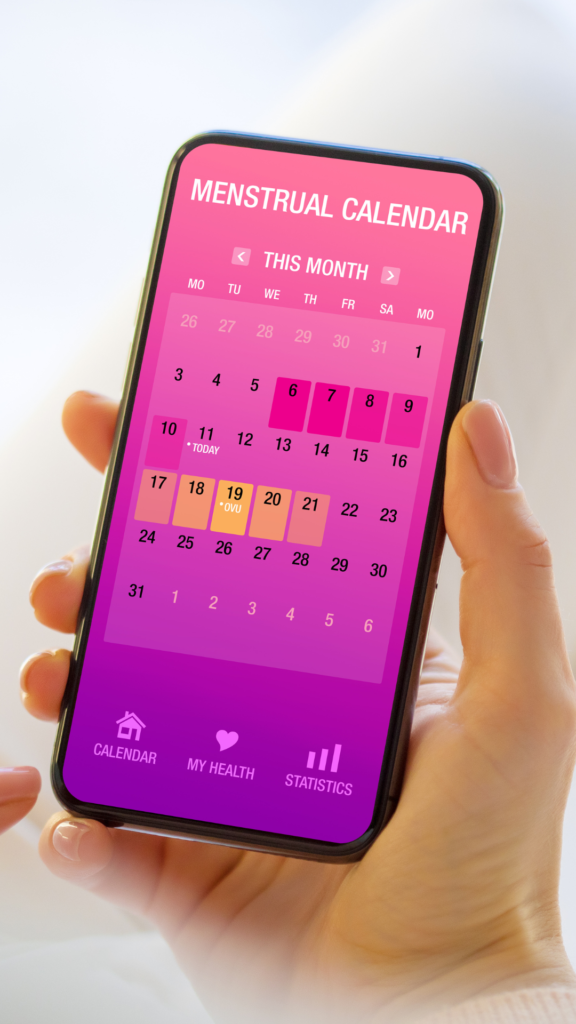This is part 2 of an in depth explanation of menstrual cycles, conception and how it relates to gestational age.
Written by Options Nurse Manager- Louise Hall, RN


In the previous blog post, we looked at the menstrual cycle and the fertile window. Keeping these things in mind, let’s take a look at the difference between gestational age and the date of conception.
When a woman is pregnant, doctors, nurses, and midwives routinely ask about the first day of her last period (FDLP). Why is this? Well, in the past, the FDLP was the most reliable way to determine how far along in a pregnancy a woman was. The number of weeks and days since her FDLP is how the pregnancy was dated, and this was relayed to the patient as the estimated gestational age (EGA). Using this type of dating, a pregnancy carried to full term will last 40 weeks.
Looking at the menstrual cycle though, it is highly unlikely that a woman would get pregnant on the first day of her last period. Even though this is true, in the past, the FDLP was a concrete date that could be used not only to estimate how far along she was, but also when she would deliver. Since the introduction of routine ultrasound use in pregnancy, however, it has been discovered that the FDLP can over- or under-estimate how far along a woman is by about a week. Additionally, some women don’t track their periods closely, or their cycles could be irregular due to recent childbirth or breastfeeding, PCOS, or the use of hormonal birth control, and the FDLP reported may be a general estimate. Currently, early ultrasound is considered the gold-standard for dating a pregnancy.
Let’s give a brief example. Say three women came to a pregnancy clinic on July 21. All three women report that their FDLP was June 1st. The first woman has the “text-book” cycle length of 28 days. Assuming that this cycle was normal for her, she will most likely be 7 weeks 1 day pregnant by gestational age, and her baby would have been conceived about 5 weeks ago. The second woman has a cycle length of 21 days. Again, assuming this last cycle was normal for her, her gestational age could be 8 weeks 1 day, with her baby conceived about 6 weeks prior. Finally, the third woman reports a 35-day cycle. Her gestational age might only be 6 weeks 1 day, with conception occurring about 4 weeks prior. All three women report the same FDLP, but they all could be at slightly different stages in pregnancy.
If there is such variation in pregnancy dating based off the FDLP, and if ultrasounds are the most accurate way to date a pregnancy, then why is the EGA still used when it’s based off of the FDLP? In part, it probably is related to the fact that it is how pregnancy has been measured for generations. But additionally, some women don’t receive an ultrasound in the early weeks of pregnancy, and once a woman is beyond 10-12 weeks EGA, the measurements are less precise and the FDLP becomes a more reliable way to date her pregnancy. Unless the difference in EGA is substantial, if there is a difference in the date given by an U/S and a woman’s reported FDLP, the FDLP is considered more accurate.
Even though the guesswork in determining conception can’t be removed entirely, with a basic understanding of the menstrual cycle, the fertile window, and how gestational age works, it can be a lot less confusing. While I learned the basics about the menstrual cycle in school, it wasn’t until after I had graduated that I learned more about the fertile window and the specifics of when conception could occur. As women, it is good for us to understand the design of our bodies. It can help us understand how to plan or prevent pregnancies without the use of hormones, if that is important to us, and it can help us recognize early if something unusual is going on that could warrant a visit to the doctor.






